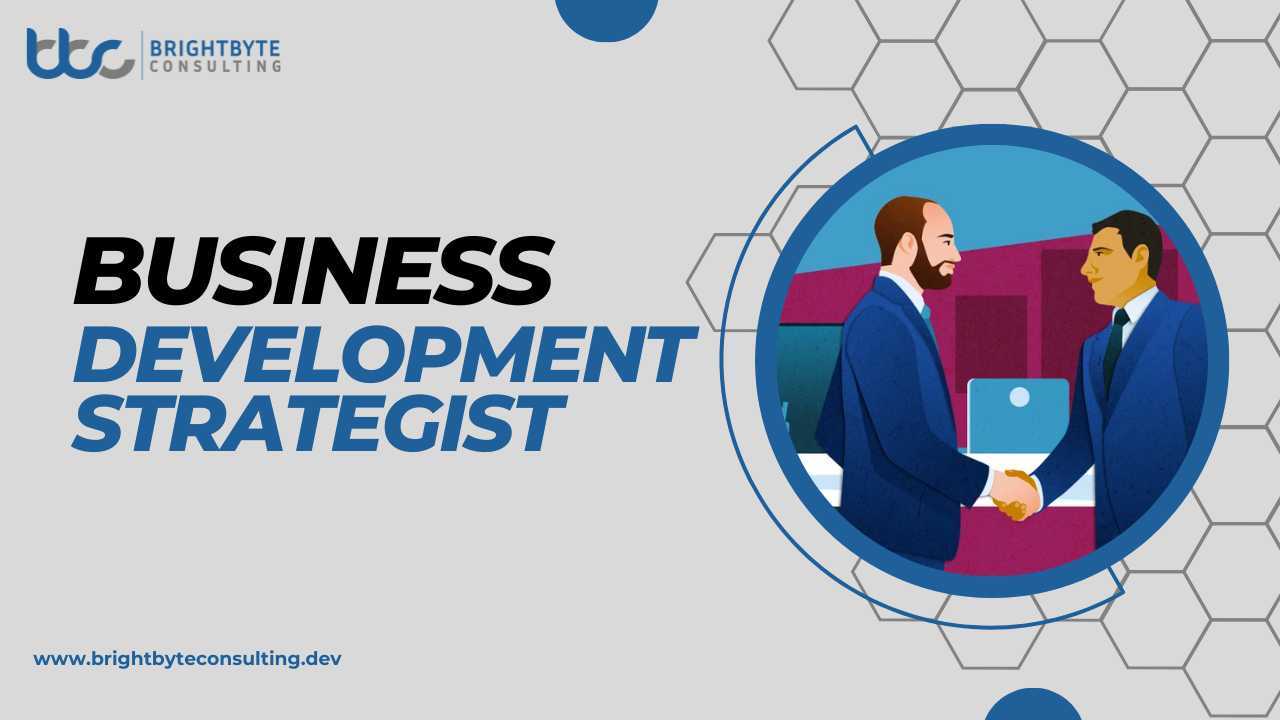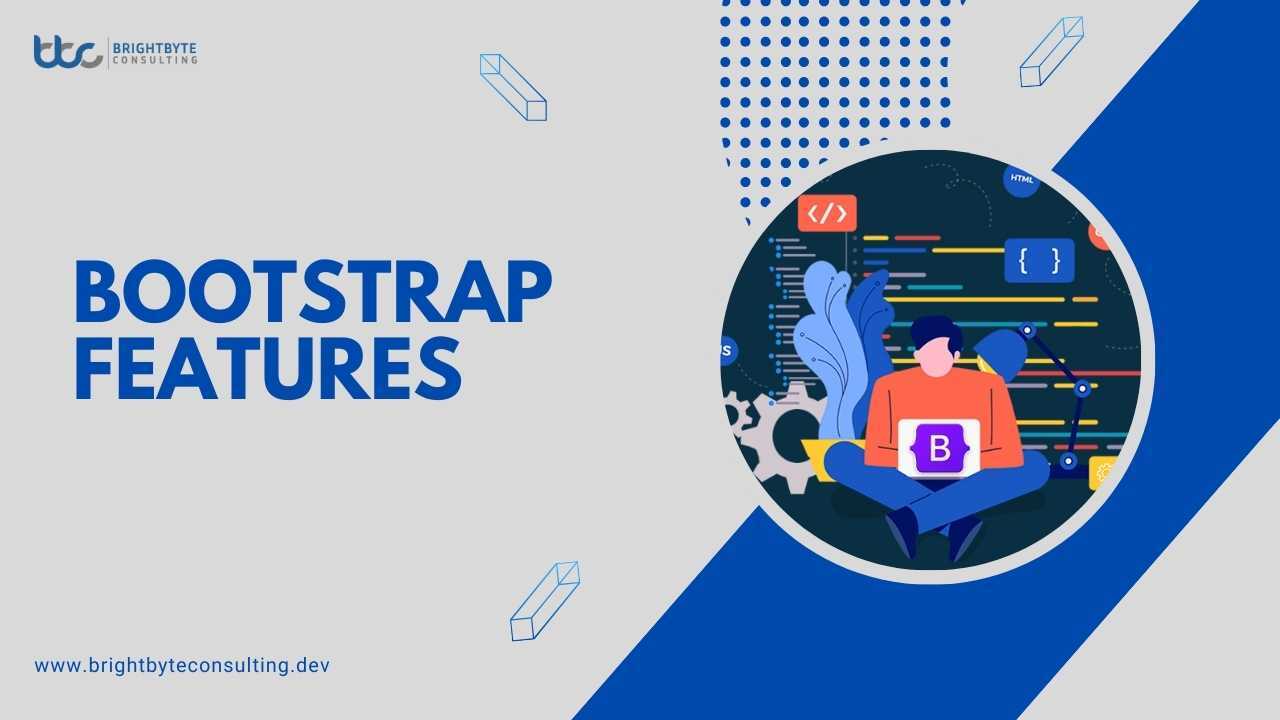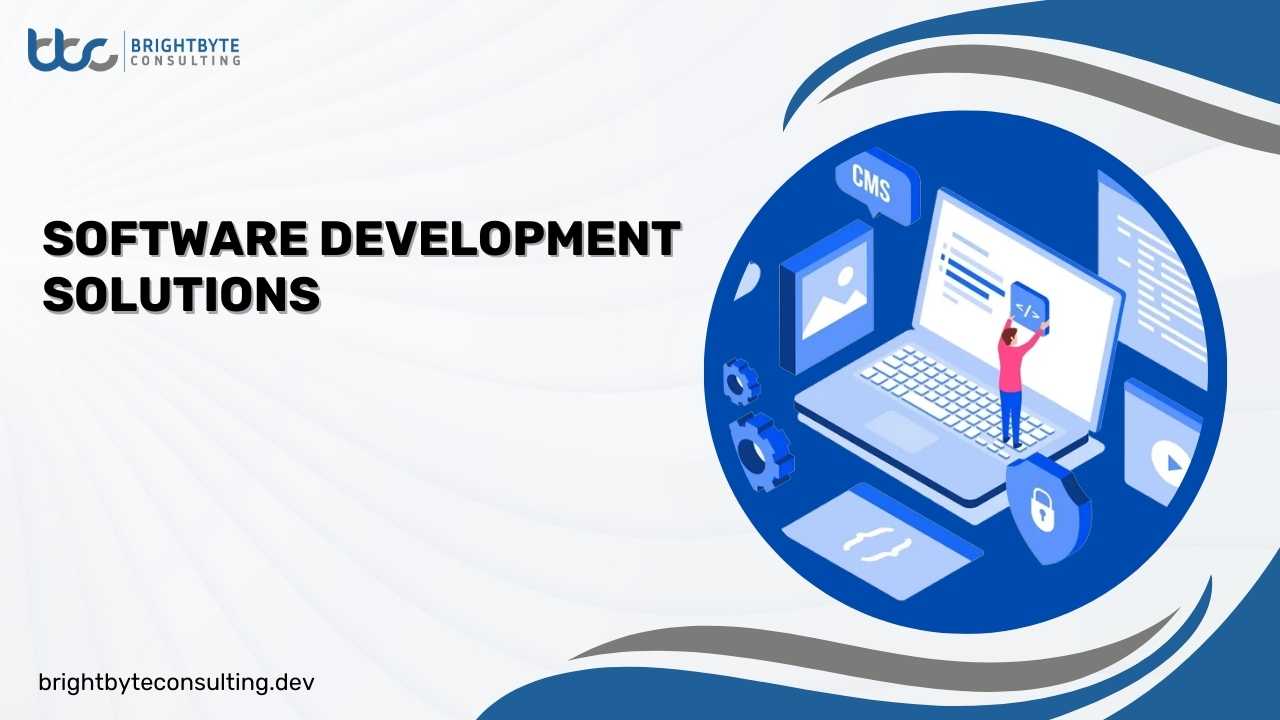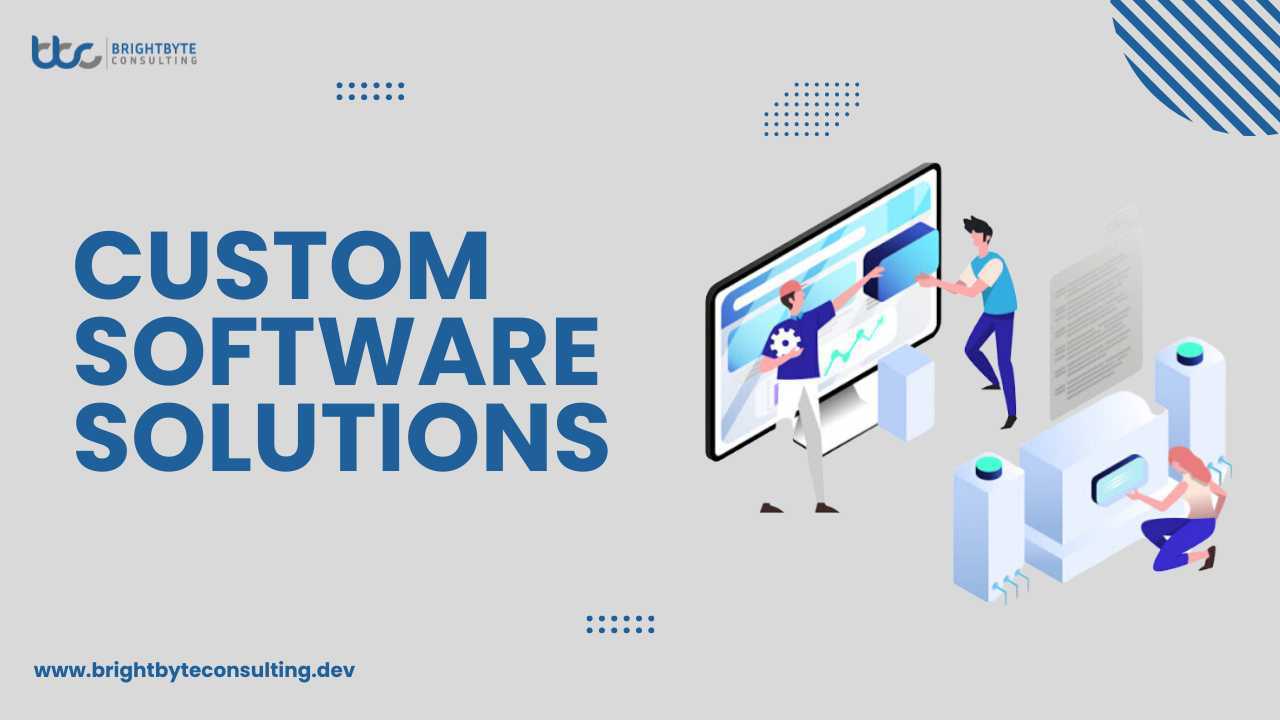In today’s rapidly evolving digital age, businesses are bombarded with a multitude of technological solutions promising to revolutionize their operations. From cloud computing to marketing automation, artificial intelligence to cybersecurity, the sheer number of options can be overwhelming.
How do you navigate this complex landscape and choose the right technological solution for your specific needs? Fear not, this comprehensive guide will equip you with the knowledge and tools to make informed decisions, ensuring your business unlocks the true potential of technology.
The Foundation for Technological Solutions
Before diving headfirst into the world of technological solutions, it’s crucial to clearly define your business needs and challenges. Here’s where introspection comes in:
Identify Pain Points
Analyze your current processes. What are the areas where inefficiency, errors, or lack of data are hindering your progress? Are you struggling with manual data entry, ineffective communication channels, limited customer insights, or a lack of automation in repetitive tasks? Be specific and identify the root causes of these bottlenecks.
Define Your Goals
What are you hoping to achieve with technology? Do you aim to streamline operations by 20%, improve customer engagement by 30%, enhance data security, or gain a competitive edge through faster product development cycles? Clearly define your objectives to guide your search for the most suitable solution. Setting quantifiable goals allows you to measure the success of your technology investment later.
Consider Your Resources
Be realistic about your budget and technical expertise. Some solutions require significant upfront investment and specialized skills for implementation and maintenance. While cloud-based solutions often offer pay-as-you-go options, some on-premise solutions require a larger upfront cost. Additionally, some platforms may necessitate hiring personnel with specialized skills to manage and maintain the technology. Evaluate your internal resources and be prepared to address any skill gaps through training or potential outsourcing.
Demystifying Technological Solutions: A Glimpse into the Options
The tech landscape offers a diverse range of solutions designed to address various business needs. Here’s a look at some prominent categories, along with some specific examples to illustrate their functionalities:
Cloud Computing
Leverage the power of remote servers to store data, run applications, and access software on-demand. This eliminates the need for expensive physical infrastructure and offers scalability and flexibility. Examples: Amazon Web Services (AWS), Microsoft Azure, Google Cloud Platform.
Data Analytics and Business Intelligence
Harness the power of data to gain valuable insights into customer behavior, market trends, and operational performance. Business intelligence (BI) tools provide user-friendly dashboards and reports to help you make data-driven decisions. Examples: Microsoft Power BI, Tableau, Looker.
Customer Relationship Management (CRM)
Streamline customer interactions and build stronger relationships. CRM platforms centralize customer data (contact information, purchase history, support interactions), automate workflows (email marketing campaigns, task management), and provide tools for personalized engagement (targeted promotions, loyalty programs) and improved customer service. Examples: Salesforce, HubSpot CRM, Zoho CRM.
Marketing Automation
Automate repetitive marketing tasks like email marketing, social media scheduling, lead nurturing, and personalized content delivery. This frees up your team’s time to focus on strategic initiatives like campaign development and customer segmentation. Examples: Mailchimp, Pardot, Marketo.
Project Management Software
Collaborate effectively, manage tasks efficiently, and track project progress with dedicated platforms. These tools enhance communication (team chat, file sharing), streamline workflows (task assignment, deadline tracking), and ensure projects stay on track (Gantt charts, resource allocation). Examples: Asana, Trello, Monday.com.
Cybersecurity Solutions
Protect your valuable data and infrastructure from cyberattacks with robust security measures. This includes firewalls to monitor incoming and outgoing traffic, data encryption to safeguard sensitive information, and employee training programs to raise awareness of cyber threats and best practices. Examples: McAfee, Palo Alto Networks, Crowdstrike.
Evaluating and Selecting the Perfect Technological Solutions
Once you have a clearer picture of your needs and the available solutions, it’s time to make an informed decision. Here’s a framework to streamline your selection process:
Align Features with Needs
Carefully assess the functionalities offered by each solution and ensure they directly address your identified pain points and contribute to achieving your defined goals. Don’t get caught up in flashy features that don’t solve your core problems.
Consider Scalability
Choose a solution that can grow with your business. Avoid solutions with limited capacity that will become outdated as your company expands. Cloud-based solutions are generally considered more scalable than on-premise solutions, as they can easily accommodate increasing data storage and processing needs.
User Interface and User Experience (UI/UX)
Don’t underestimate the importance of a user-friendly interface. The chosen solution should be intuitive and easy to navigate for both employees and customers to ensure successful adoption and maximize ROI. A clunky and confusing interface will lead to frustration and resistance to using the new technology. Try out demo versions or free trials whenever possible to assess the UI/UX firsthand.
Integration Capabilities
Evaluate how easily the new solution can integrate with existing systems and software within your organization. Seamless integration creates a unified ecosystem and optimizes workflow. For instance, if you’re considering a new CRM platform, ensure it can integrate with your marketing automation software and accounting system to avoid data silos and manual data entry.
Security and Compliance
Prioritize robust security features and ensure the solution complies with relevant data privacy regulations (e.g., GDPR, CCPA) to protect sensitive information. Look for solutions that offer features like data encryption, two-factor authentication, and regular security updates.
Ensuring Successful Implementation For Technological Solutions
Choosing the right solution is just the first step. To maximize its impact, a successful implementation strategy is crucial:
Change Management
Prepare your team for the transition with comprehensive training and support. Address concerns, communicate the benefits of the new solution, and encourage active participation. People are often resistant to change, so proactive change management is essential for user adoption. Develop training materials, conduct workshops, and provide ongoing support to ensure employees feel comfortable using the new technology.
Data Migration (if applicable)
If the solution involves data migration from existing systems, ensure a smooth and secure transfer process to minimize disruption and data loss. Develop a data migration plan that outlines the steps involved, the resources required, and a testing phase to ensure data integrity before going live with the new system.
Ongoing Support
Choose a vendor that offers ongoing technical support and maintenance services to address any issues that may arise after implementation. Look for vendors with a proven track record of customer support and ensure they offer multiple support channels (phone, email, live chat) to meet your needs.
Measure and Analyze
Track key metrics to measure the success of your technology implementation. Did the new solution address your pain points? Did it achieve the goals you set out to accomplish? Some metrics you might track include changes in operational efficiency, customer satisfaction scores, or marketing campaign performance. Regularly evaluate the impact of the technology and make adjustments as needed.
By following these steps, you can navigate the complex landscape of technological solutions and choose the right fit for your business. Remember, technology is a powerful tool that can revolutionize your operations, but it’s crucial to have a clear understanding of your needs and a well-defined strategy for implementation to maximize its potential and achieve long-term success.
Conclusion
The ever-evolving technological landscape can be daunting, but with careful planning and a clear understanding of your business needs, you can harness the power of technology to achieve remarkable results. By following the steps outlined in this guide, you can gain the knowledge and confidence to select the perfect technological solution, ensure a smooth implementation, and ultimately empower your business to thrive in today’s digital age. Remember, technology is a tool, and its success hinges on your ability to leverage it strategically. Embrace continuous learning, adaptation, and measurement to maximize the return on your investment and unlock the true potential of technology for your business.
FAQs
How much does a technological solution cost?
The cost of a technological solution varies greatly depending on factors like complexity, features, and deployment model (cloud-based vs. on-premise).
How long does it take to implement a technological solution?
The implementation timeline can range from a few weeks to a year or more, depending on the complexity of the solution and the size of your organization.
Can I implement a technological solution without any technical expertise?
Some solutions offer user-friendly interfaces and require minimal technical knowledge. However, complex solutions may necessitate in-house expertise or collaboration with a qualified technology partner.
How do I ensure my data is secure when using a technological solution?
Look for solutions with robust security features like data encryption, two-factor authentication, and regular security updates. It’s also crucial to have clear data security policies in place within your organization.
What are some ways to measure the success of a technological solution?
Track key metrics aligned with your goals. This might include changes in operational efficiency, customer satisfaction scores, or marketing campaign performance. Regularly evaluate the solution’s impact and make adjustments as needed.











